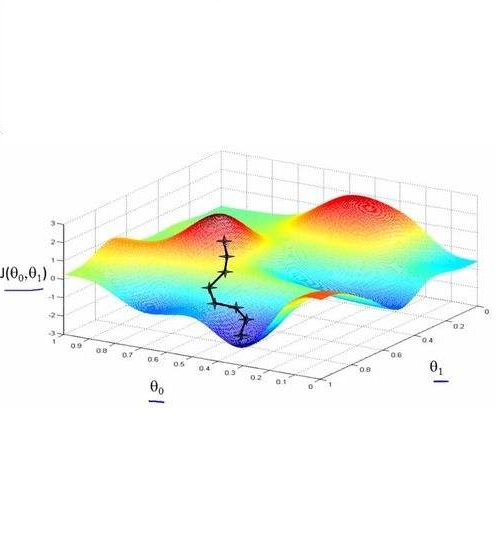Leximin is a common approach to multi-objective optimization, frequently employed in fair division applications. In leximin optimization, one first aims to maximize the smallest objective value; subject to this, one maximizes the second-smallest objective; and so on. Often, even the single-objective problem of maximizing the smallest value cannot be solved accurately, e.g. due to computational hardness. What can we hope to accomplish for leximin optimization in this situation? Recently, Henzinger et al (2022) defined a notion of approximate leximin optimality, and showed how it can be computed for the problem of representative cohort selection. However, their definition considers only an additive approximation in the single-objective problem. In this work, we define approximate leximin optimality allowing approximations that have multiplicative and additive errors. We show how to compute a solution that approximates leximin in polynomial time, using an oracle that finds an approximation to the single-objective problem. The approximation factors of the algorithms are closely related: a factor of $(\alpha,\epsilon)$ for the single-objective problem translates into a factor of $\left(\frac{\alpha^2}{1-\alpha + \alpha^2}, \frac{\alpha(2-\alpha)\epsilon}{1-\alpha +\alpha^2}\right)$ for the multi-objective leximin problem, regardless of the number of objectives. As a usage example, we apply our algorithm to the problem of stochastic allocations of indivisible goods. For this problem, assuming sub-modular objectives functions, the single-objective egalitarian welfare can be approximated, with only a multiplicative error, to an optimal $1-\frac{1}{e}\approx 0.632$ factor w.h.p. We show how to extend the approximation to leximin, over all the objective functions, to a multiplicative factor of $\frac{(e-1)^2}{e^2-e+1}\approx 0.52$ w.h.p or $\frac{1}{3}$ deterministically.
翻译:摘要:Leximin是多目标优化中常用的方法,常用于公平分配应用中。在Leximin优化中,首先旨在最大化最小的目标值;在此基础上,最大化第二小的目标;依此类推。通常情况下,甚至最小值的最大化单目标问题也无法准确解决,例如由于计算复杂度。在这种情况下,我们能够为Leximin优化实现什么样的解决方案?最近,Henzinger等人(2022年)定义了一种近似的Leximin最优性,并展示了如何在代表性队列选择问题中计算。然而,他们的定义仅考虑单目标问题中的加法近似。在这项工作中,我们定义了近似的Leximin最优性,允许有乘法和加法误差的近似。我们展示了如何使用一个寻找单目标问题的近似的oracle在多项式时间内计算近似的Leximin解决方案。算法的近似因素密切相关:对于单目标问题,$(\alpha,\epsilon)$的因数转化为$(\frac{\alpha^2} {1-\alpha+\alpha^2},\frac{\alpha(2-\alpha)\epsilon}{1-\alpha+\alpha^2})$,这对于多目标Leximin问题是相同的,无论多少目标。作为使用示例,我们将算法应用于不可分配货物的随机分配问题。对于这个问题,假设子模点目标函数,单目标平等福利可以被近似地最优化到一个$1-\frac {1} {e}\approx 0.632$的因子w.h.p。我们展示了如何将近似扩展到Leximin,对于所有的目标函数,具有一个$\frac {(e-1)^2} {e^2-e+1}\approx 0.52$ w.h.p或$\frac {1} {3}$确定性的乘法因子。



